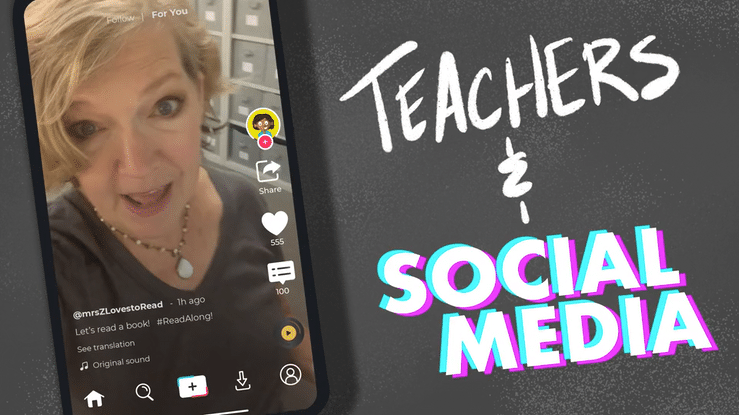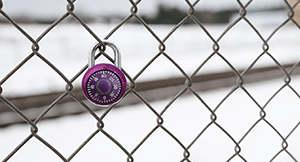
A large part of successful educational practice is to meet students where they are. So where are the students at? They’re online.
According to a study conducted by the Pew Research Center, 95% of teens ages 13-17 say they have access to a smartphone, and 90% have access to a laptop. Technology and education are inseparable, and when they are paired skillfully under the direction of qualified and capable teachers, then learning opportunities can be endless.
Safety for students:
Student safety is at the core of every technology decision. Administrators need to ensure that the focus of social media in school is moderation: not going overboard with use and having strong oversight to moderate the process. When broaching the idea of in-class use, ensure that your staff knows that they should be the only ones with administrative access and that they must acquire parent permission before posting about students. Also, encourage teachers to seek assistance from the IT team to boost platform and computer security settings.Once these security measures are in place, directing the day-to-day usage of the social media platforms mostly comes down to common sense.
Safety for teachers:
Using social media in a responsible way isn’t just a concern for the kiddos: there are risks the school takes on when moving the classroom out of the building. While incoming professionals tend to have a natural level of savvy and comfort online, it also can create a false feeling of familiarity, which, if acted upon, can have disastrous consequences. Creating a set of standardized social media boundaries across the district can prevent any mishaps:Don’t:
- Use any personal accounts at school
- Contact or add students privately
- Use delete-after-viewing apps
- Post offensive or profane content
Do:
- Keep content upbeat and fun
- Add a second staff moderator for oversight
- Keep a record of content for documentation
The key is to keep everything positive and light. Social media use in the classroom is supposed to be fun, uplifting, and engaging – keep that as the consistent message for all staff wanting to use it as a tool to enhance learning.
Digital citizenship for everybody
If it isn’t already, digital citizenship must be built into everyday school culture. Studies show that to garner effective digital citizenship with student buy-in, internet safety education must be treated like any other learning objective: it must be well-defined, have targeted learning strategies attached, have clear and attainable goals, and incorporate evaluation to assess whether the goals have been met.Social media should be fun for everyone involved. If you don’t know where to start with digital citizenship, begin by focusing your school’s objectives on interpersonal empathy, user data and privacy, digital literacy, and digital wellness. These four standards will help keep media engagement balanced, safe, and fun.
Step up for social media:
When district leaders are able to step into the shoes of the kids and see the fun and positivity that can come with social media, it makes a difference. The sooner social media can enter the modern classroom, the sooner the students can open up their creativity to the world and expand their learning. We just need to be there to guide the process and keep them safe (as always!).Follow-up resource: Kids need digital skills to stay safe
If kids are empowered to stay safe online, digital tools can open up a whole new world.WHAT'S NEXT FOR YOUR EDTECH? The right combo of tools & support retains staff and serves students better. We'd love to help. Visit skyward.com/get-started to learn more.

|
Lindsey Canny Edtech Thought Leader |
Lindsey Canny is a marketing copywriter for Skyward, Inc., a school administration software provider based in Stevens Point, WI. Prior to working at Skyward, Lindsey spent eight years teaching 9th and 10th grade English within the Stevens Point community. Outside of work she enjoys reading books and spending time with her husband and cat.




